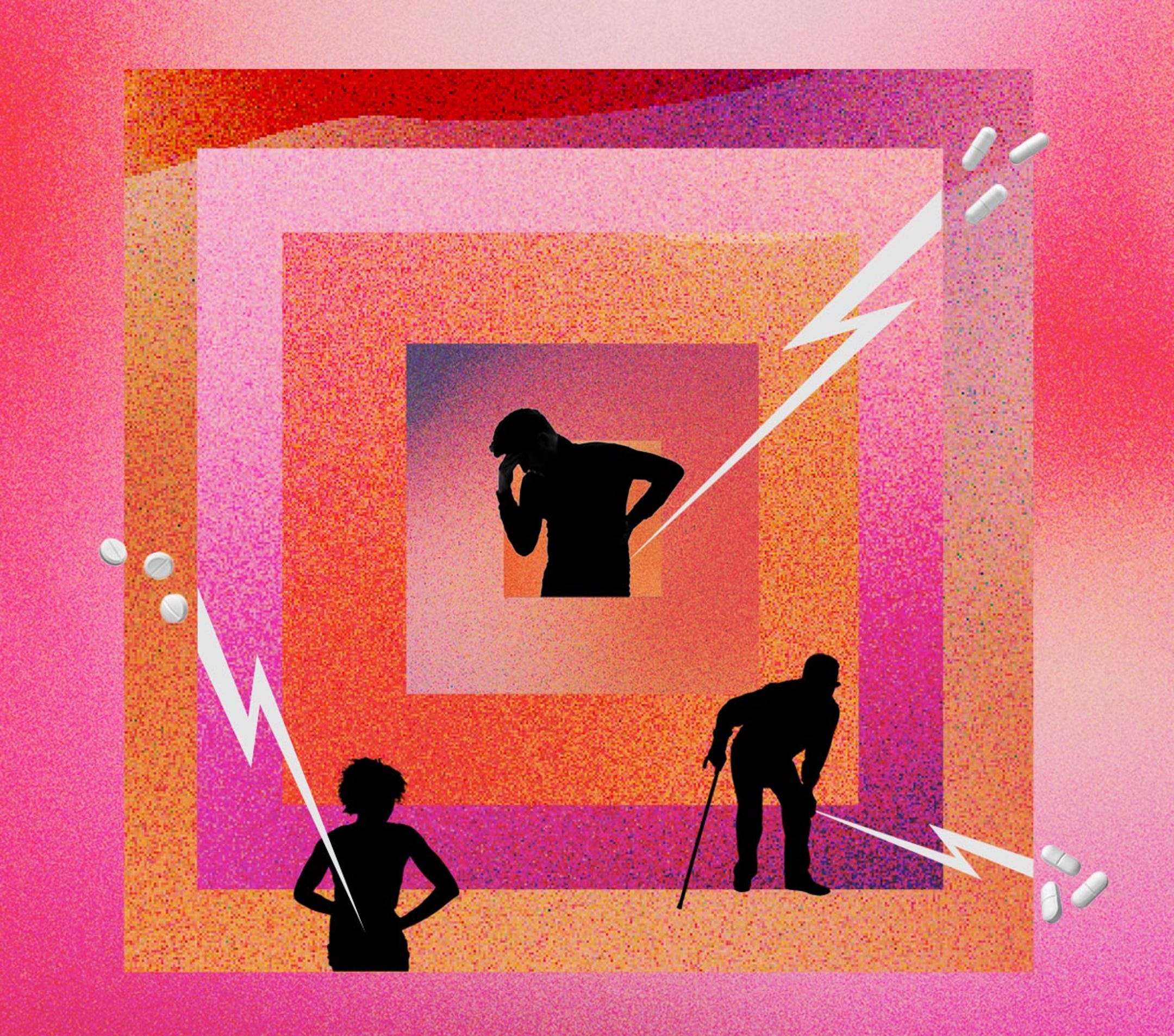
Illustration: Andrea Brunty, USA TODAY; and Getty Images
Part 1 of a five-part USA TODAY series exploring chronic pain, the challenges of treatment and the scientific advances offering hope for the future.
Every morning, even before opening her eyes, Pamela Bobb begins to scan her body. She pays attention to how each foot feels, then each leg, working her way up. By the time she gets to her neck and shoulders, where people hold most of their tension, she's breathing deeply and relaxing.
She knows the shooting pain will strike as soon as her feet reach the floor, but this 20 minutes of meditative thinking and breathing means less misery to start her day.
Bobb, 59, who lives west of Knoxville, Tennessee, has never known life without pain. Born with a malformed pelvis, she had surgery within a day of delivery, and 18 more pelvic operations before she turned 40, until finally, there was nothing more surgeons could do.
Every day since – "every single minute of every day since" – Bobb has felt as if there's a rubber band stretched tightly between her belly button and her back.
Many Americans know all too well the reality of such endless suffering.
At least 1 in 5 live with chronic pain. Some experts put the figure at 100 million. And nearly 1 in 10 are disabled by it.
On any given day, almost half of working-age men who are not in the labor force take pain medication, and people with chronic pain miss nine more days of work a year than those without it.
Pain is also expensive. Pain treatment cost $261 billion to $300 billion in 2010, and the cost has only grown. Add the value of days of work missed, hours of work lost and lower wages, and the total price of pain exceeds the cost of managing heart disease and cancer combined.
To better understand America's pain problem, USA TODAY spoke with more than 50 pain experts – anesthesiologists, neurologists, psychologists, geneticists and people living with chronic pain. The reporting resulted in this five-part series exploring the reality of pain, pain medications, nondrug alternatives for children and adults, and scientific advances offering hope for the future.
The vast majority of chronic pain patients will have stories about providers who have been dismissive, said Dr. Tina Doshi, a pain expert at the Johns Hopkins University School of Medicine.
They are told their pain is imagined, all in their head. But advanced brain imaging has shown that those with chronic pain have clear differences in their brain activity.
"They're not making it up. This is not a psychological disorder," said Dr. Clifford Woolf, a neurobiologist at Boston Children's Hospital. "Their nervous system is malfunctioning or there's a chronic, persistent pathology which is driving the pain."
Pain is often unrelenting.
A new study of Britons born in 1958 and followed ever since shows that pain in childhood predicted pain in midlife. More than 80% of those who said they were in chronic pain at age 44 reported “very severe” pain at age 50.
"Where you were in your pain journey a long time ago continues to affect your life course in an adverse way," said Alex Bryson, the University College London researcher who helped lead the study.
Having chronic pain at age 44 also significantly raised the probability patients would get COVID-19 in their early 60s, showing that "even getting COVID is partly a function of the pain you've experienced over your life course," he said.
The opioid epidemic is inseparable from the pain crisis.
People often start taking the painkillers on a doctor's order, after a surgery or an injury, and then need more and more to get the same benefit. At least 100,000 people died from drug overdoses last year, most of them from opioids, a dramatic increase from 40,000 deaths five years earlier. Experts believe opioid addiction only increased during the COVID-19 pandemic.
Yet nothing else is as effective at treating excruciating pain. Efforts to keep opioids off the street have often gone overboard, experts say, depriving those in real need.
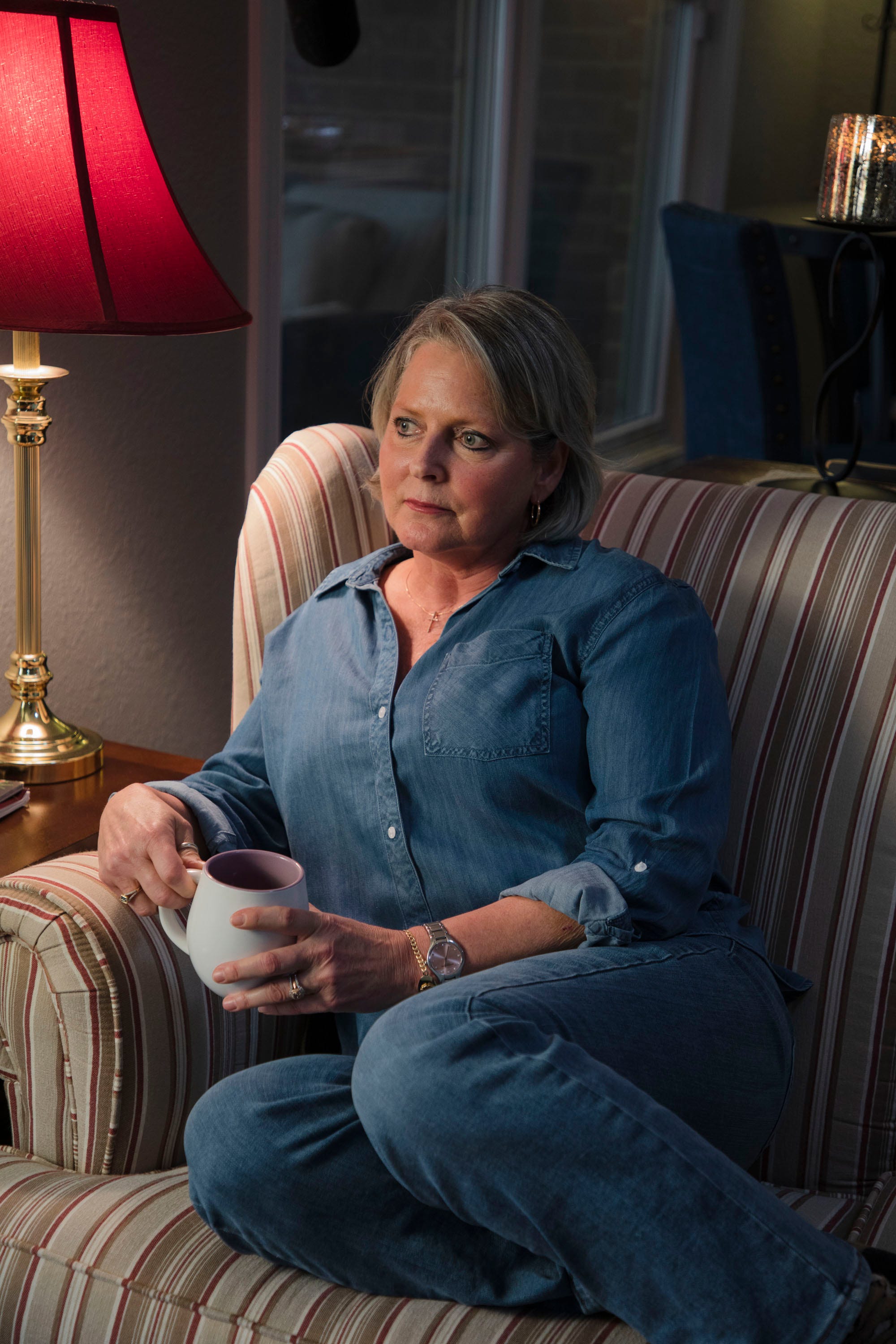
Patients like Bobb and others say they shouldn't be treated as addicts looking for a fix, but rather as people with a serious medical problem that needs attention and support.
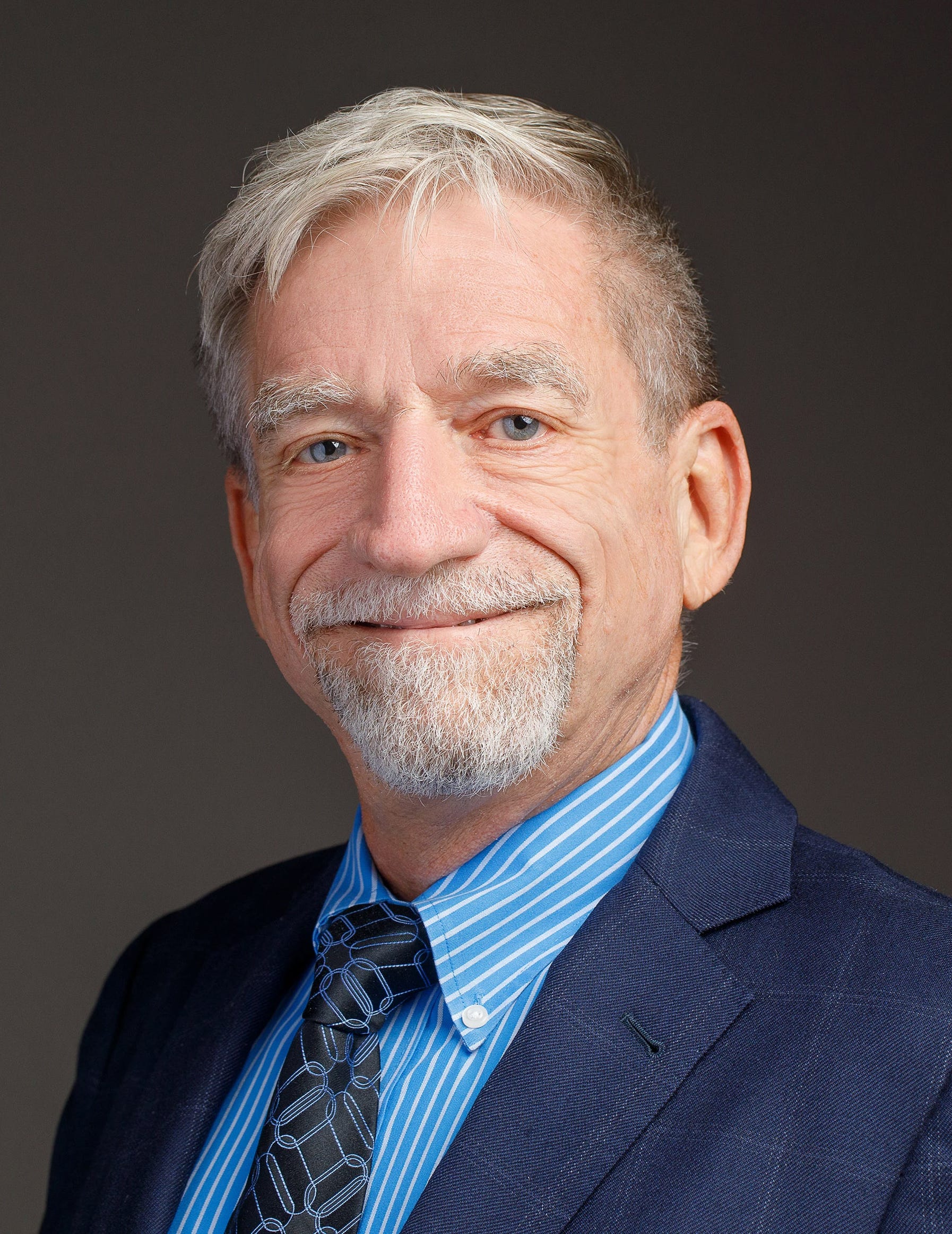
Federal guidance, updated last month, makes it clear that unless there's a life-threatening issue such as signs of overdose, doctors should not abruptly discontinue or rapidly reduce opioid dosages. After an earlier set of guidelines restricted opioid use even among those in severe chronic pain, an online survey of about 3,000 patients found 84% reported more pain and worse quality of life, and 42% said they had considered suicide.
"Separate but related to the opioid crisis is the public health crisis of undermanaged pain," said Robert Kerns, an expert in chronic pain at Yale University, noting that every drugstore in American has an entire aisle devoted to painkillers. "This is a very serious public health concern."

The state of pain treatment ‘should depress anyone’
After Bobb gritted her way through her 30s and 40s, her pain eventually became unbearable. In 2004, her doctor prescribed high doses of opioids. She didn't develop an addiction, but she didn't like what the opioids did to her brain and how they made her feel like a victim. "I wasn't really living. I was just kind of existing," she said.

Even when opioids don't lead to addiction, as they do in about 10% of people, they have side effects. Terrible constipation is common, as are nausea, dizziness, dry mouth, powerfully itchy skin and feelings of sedation – sleepwalking through life.
About five years ago, Bobb, a nurse now semi-retired, decided she needed to take a different path.
Now, every morning she washes a small dose of opioids down with an anti-inflammatory "special little concoction" for breakfast, stir-frying fresh ginger, rosemary, basil, lemon juice and three cups of spinach.
The meditation, diet and other strategies have helped her cut her opioid use by about 75%.
All pain medications, including opioids, over-the-counter painkillers and nerve blockers, blunt but don't erase suffering. They often become inadequate over time or even contribute to the cycle of pain and desperate search for relief. Misused, every drug treatment can destroy organs and lives.
"A cold hard look at what we have right now should depress anyone," said Jeffrey Mogil, who studies pain at McGill University in Montreal.
But just because a pill can't solve chronic pain doesn't mean people are doomed to suffer forever, said Dr. Nora Volkow, who directs the National Institute on Drug Abuse. The institute is part of the National Institutes of Health, which has spent more than $600 million since 2020 on pain research.
Many approaches help reduce pain, and many people, like Bobb, manage to live full, vibrant lives, despite a background of discomfort. Non-pharmaceutical therapies – including physical therapy, yoga, acupuncture and Bobb's meditative breathing – have been shown effective at helping people cope with pain.
While providers can offer guidance, support and access to certain kinds of care, fundamentally, people need to learn how to manage their own pain, Kerns said.
"It's really about reinforcing the power of the person," he said, "once they understand how much of the experience of pain is within their grasp."

What is pain?
Pain is an essential part of life. It's protective and aids survival.
In a classic experiment, squid put in a tank with sea bass are less likely to get eaten if they're already in pain. The suffering makes the squid hypervigilant. "Pain is there to remind you you're injured so you don't take crazy chances," Mogil said.

Pain can be protective in other ways, too. Isaac Chiu, an immunologist at Harvard Medical School, recently showed that pain triggers the gut to release mucus, which coats the gut wall and prevents bacteria and other factors from causing damage.
Mice bred to not have pain fibers in their guts have decreased mucus, which makes them more susceptible to inflammation and colitis, Chiu found.
"I don't want to have pain, but maybe in this case, the pain fibers in the gut are protecting us," he said.
But pain is not just the result of an immediate crisis, a twisted ankle, a burned finger, a broken limb. Chronic pain is defined as suffering that lasts more than three months – longer than it takes that ankle muscle to be restored, the finger to scab over and grow new skin, the bone to heal.
Such long-lasting misery has what's called a psychosocial aspect to it. Of course, unrelenting pain itself is depressing. But if your life is a dead end with few prospects for improvement, you're more likely to feel chronic pain. That hopelessness manifests in physical suffering.
It doesn't mean the pain is made up; rather, what's going on in your head can magnify or mitigate the sensation. A busy life full of compelling activities can distract from pain; a lonely life spent on the couch can compound it.
The high pain rates in the United States have a lot "to do with just poor general health in our country," said Dr. John Mafi, a primary care doctor and associate professor of medicine at the David Geffen School of Medicine at UCLA.
People who have few financial resources or are from disadvantaged groups or both are more likely to have poor health, which contributes to pain. Obesity can trigger arthritis and low back problems; diabetes causes neuropathic pain; bad circulation can cause painful blocked arteries. Mental illness and stress exacerbate all kinds of pain, such as chronic migraine headaches. Limited or lack of health insurance coverage compounds all these problems.
"We love to talk about magic pills in this country, but we don't ask enough: What are the social, psychosocial and economic root causes of this bigger issue?" Mafi said.
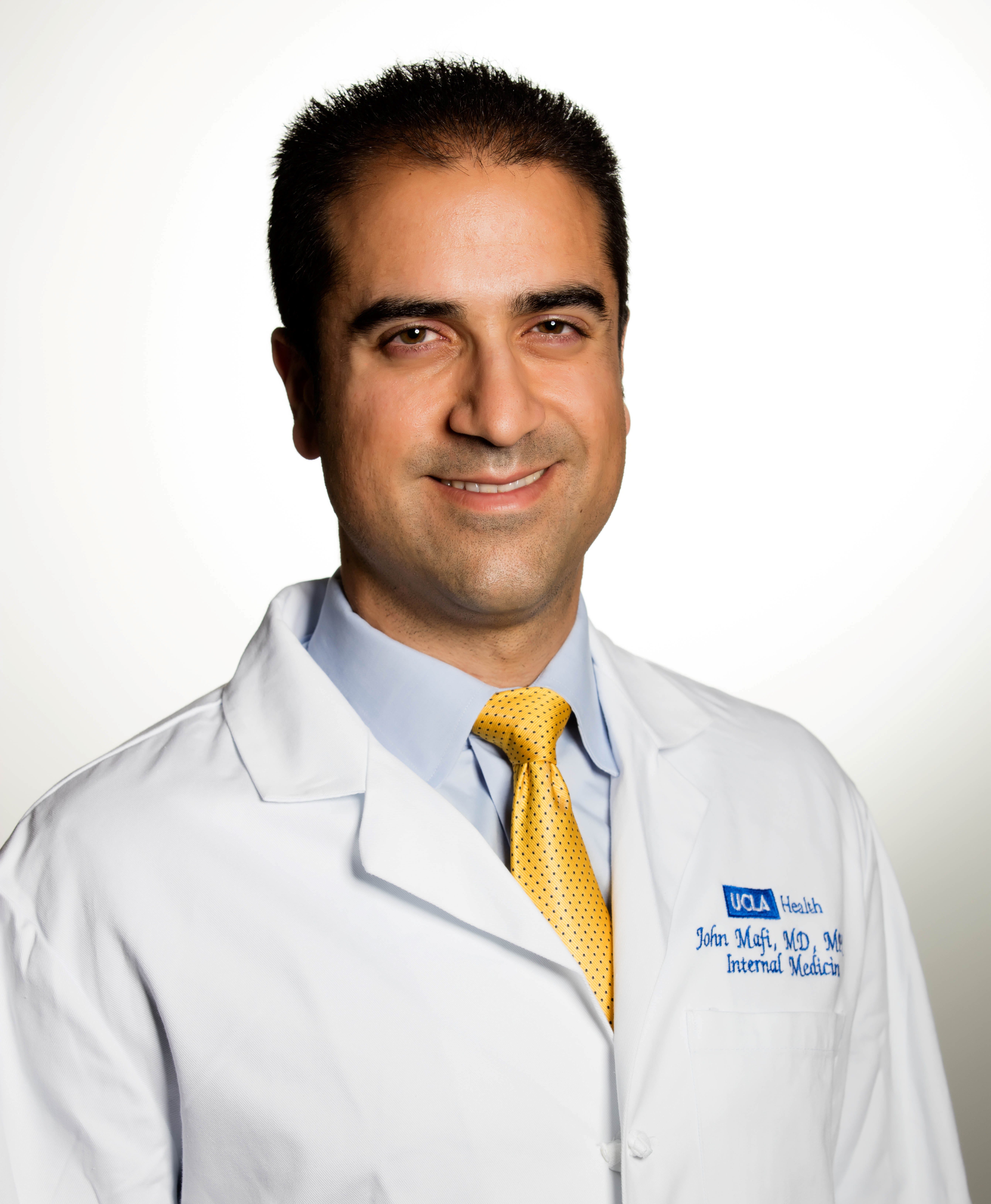

Why opioids are the go-to for pain
The human nervous system has its own painkillers. Put your hand on a hot stove and your body will quickly release a squirt to numb the pain.
For thousands of years, maybe even longer, humans have relied on opioids in nature to supplement that innate pain relief. The ancient Sumerians and Greeks knew all about the pain-relieving potential of poppy seeds. Civil War veterans became addicted to opioids.
Stories about opium and morphine use from 1900 "read just like today," Mafi said. "It's crazy how much of this repeats over time."
In the 1920s and '30s, the federal government passed regulations restricting their use. Then in the 1980s and 1990s, amid a growing recognition that severe pain was undertreated, the pharmaceutical industry reassured the public that new twists on opioids, like oxycontin, were less addictive than earlier forms. "We fell for it," Mafi said.
Opioids are properly used as third- or fourth-line therapies in patients who cannot function normally without chronic pain relief, he said. He trains residents to consider opioids after determining the underlying cause of the chronic pain, other conservative approaches have failed, and when a patient says their pain prevents them from climbing stairs, showering, holding down a job or taking care of their kids or grandkids. If such activities of daily living are impaired, Mafi said, "we would be a little more willing to continue opioids or prescribe the opioids."
Millions of people, prescribed courses of opioids for pain from sports injuries and other seemingly short-term sources of pain, began taking the drugs long-term, needing more and more to receive the same amount of pain relief.
In the early 2010s, as awareness of the problem rose, doctors stopped providing unlimited supplies. In 2016, the Centers for Disease Control and Prevention recommended doctors "deprescribe" their patients, which led to unexpected consequences.
"As it got harder to get prescribed opioids, people stopped trying to get it from their doctor and they started to go to the street," Mafi said. "That's when you started seeing a rise in heroin use and then later, illicit fentanyl use leading to a lot of the overdose deaths." By 2021, studies had linked aggressive deprescribing to an increased risk of overdose or death.
It used to take several years for a heroin addiction to lead to overdose and death. Now, with extremely potent fentanyl, people are overdosing as early as their first foray, Mafi said.
The opioid crisis resulted from aggressive promotion by pharmaceutical companies and others, overprescribing of opioid medications and a lack of investment in pain treatment research, Volkow said.
"What the crisis brought to light is that we cannot continue to neglect the importance of research and facilitating the development of therapeutics for pain."
She and other pain experts agree that there isn't much else to offer at the moment and that opioids are appropriate and necessary for people like Bobb, as well as for patients after surgery or trauma and those fighting the pain of advanced cancer.
But not everyone, even in the medical world, understands the correct use of opioids. Patients' pain is often poorly controlled.
Bobb switched doctors after hers abruptly decided she shouldn't be taking opioids anymore. She now drives 110 miles each way every month to see a different physician and worries about the patients who can't make such choices.
Many people "don't understand that using opioids doesn't make you a criminal," Bobb said. "There's a place for this. There's a usefulness for this."

Different people feel pain differently
Jeffrey Mogil knows he's going against common wisdom when he says women are more sensitive to pain than men.
But the research is clear. "The evidence is as close to incontrovertible as anything gets in biology." About 70% of chronic pain patients are women.
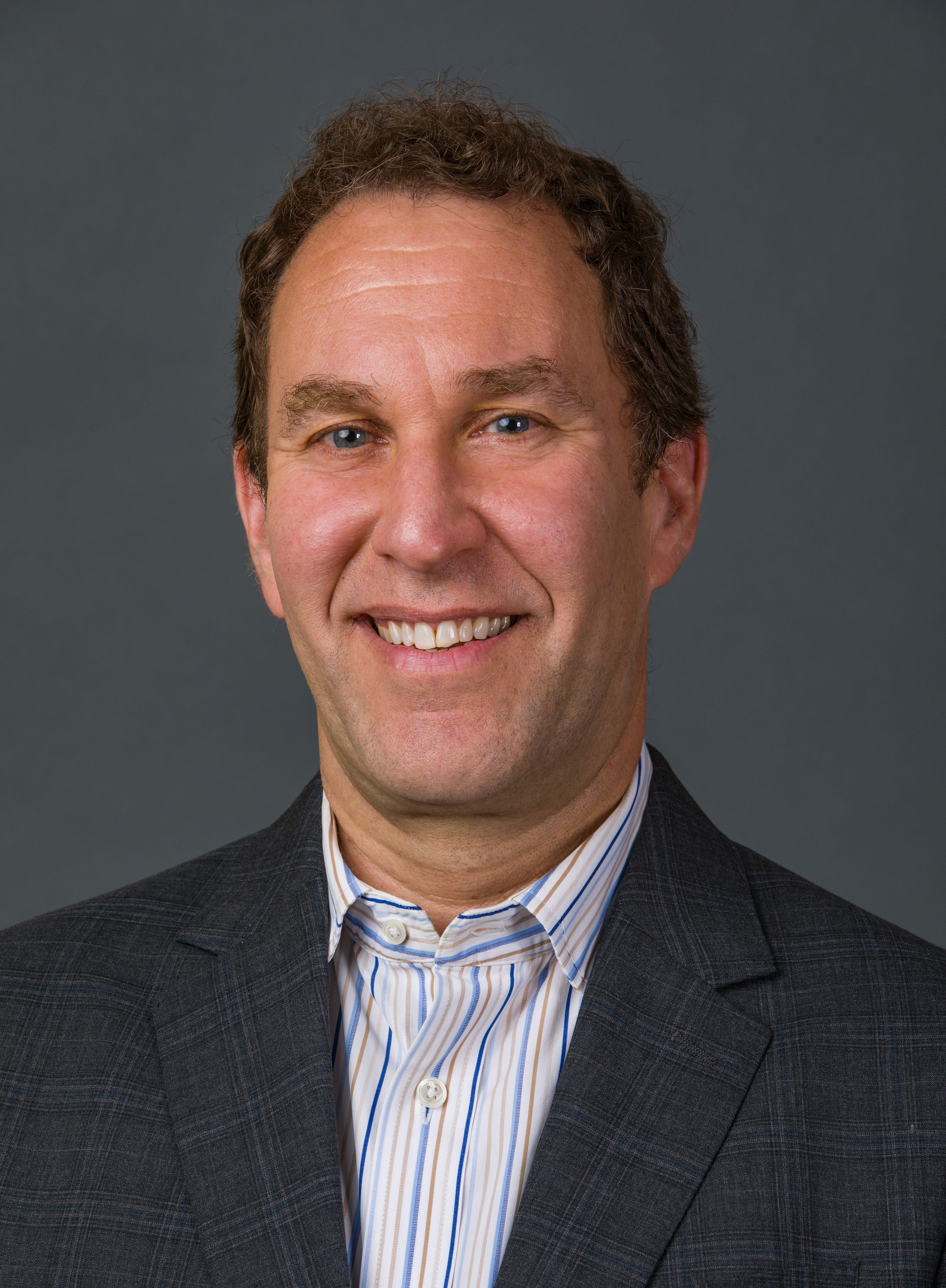
Different genes and cells are involved in pain between the sexes. The immune system, the nervous system and the microbes that live on and in the body vary between males and females. "It's just massively different," Mogil said, noting current treatments and drug development don't take account of that sex difference, with drugs often tested just in male mice.
Pain also differs by age.
"The aging population has more sources of pain but the nervous system is not as healthy," so pain often isn't felt as acutely, said Dr. Christopher Gharibo, a pain management specialist at NYU Langone. Older patients may need less powerful pain medications. "They're fine with physical therapy," he said.
Pain differs by race, too, though not in a simple way.
Chronic pain is felt pretty universally by all races, said Roger Fillingim, who directs the Pain Research and Intervention Center of Excellence at the University of Florida's College of Dentistry in Gainesville. But "the burden of pain appears to be greater in Black individuals," he said, with more people of color suffering disabling pain.
Historic and current undertreatment of pain in Black people has been persistent and based on the false belief that they feel less pain.
In fact, Fillingim and others have found the opposite: Black people report higher levels of pain with the same stimulus and lower tolerance of a given pain stimulus compared with white people. Whether Black people need more powerful painkillers to get the same relief or just need to get the added stress of racism out of the equation isn't yet known, he said.
Culture also affects pain.
In Mexico, people are rarely prescribed opioids, said Volkow, who grew up there, and the Catholic culture venerates pain as a way of proving faith. "People are taught to tolerate pain at a level that is different from what it is in the United States," she said. "There is absolutely a cultural element of how we manage pain and its significance."
The indigenous Mi'kmaq people, whose ancestral territory stretches across Nova Scotia, Canada, down to Quebec and into Maine, don't have a word in their native language for "pain," and the pictures doctors show of grimacing faces to rate misery don't fit their experience.
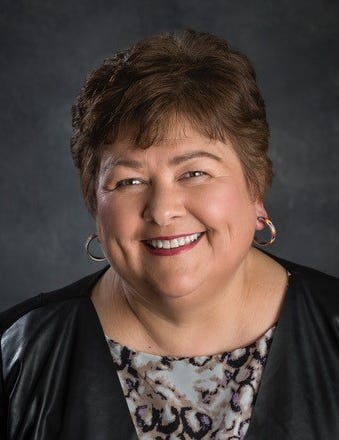
"It goes right to the core of the disconnect," said Sharon Rudderham, a member of the Mi'kmaq who is director of health transformation for the health organization Tajikeimik. "We are literally speaking a different language when it comes to pain."
Providers are taught to assess pain in children based on outward signs, such as crying and facial expression, but because of their history and negative experiences in Canadian residential schools, similar to American Indian boarding schools, many Mi'kmaq, even very young children, remain reserved around doctors and nurses."
"As a health provider, if I'm looking at children in an emergency department and one is crying and screaming and looking uncomfortable and one isn't, the one looking more uncomfortable may be triaged sooner," said Margot Latimer, a professor at the Dalhousie School of Nursing in Halifax, Canada.
The zero to 10 scale doctors use for patients to rate their pain can also be challenging, especially for those without much experience with the medical system, said Carmen Reneé Green, dean of the CUNY School of Medicine.
"A zero to 10 scale makes great sense for clinicians, but it doesn't work well for patients in many, many cases," Green said, particularly those who have traditionally received substandard medical care.
"All those histories come into how we perceive pain, how pain is assessed and how pain is treated," Green said. "We've got to do better."

Keeping pain under control
After about 15 years of taking high-dose opioids, Bobb made an appointment with Dr. Wayne Jonas, an integrative health specialist in Virginia.
He taught her strategies to manage the pain that opioids weren't touching.
Bobb said her pain used to be at a 9 out of 10 all day every day. Now, it usually hovers around a 3. It's not gone, but it's not paralyzing either.
After her light dose of opioids and anti-inflammatory breakfast, Bobb allows herself an hour to move.
Depending on how she feels that day, she might go for a brisk walk on her treadmill, do yoga or meditate some more. Exercise, she said, "helps me to be at that level where I can function well."
She drinks water throughout the day and notices that her pain is worse if she doesn't sleep enough.
If her pain does start to wear her down, Bobb takes a time-out in her favorite chair. "My space, my corner, my view, and just bring it down. Just bring it down."
Figuring out how to do what was best for her body took about a decade of trial and error. Time, energy and attitude change are all essential, she said, plus prioritizing self-care.
"The key is stopping, turning, facing it, feeling it in all of its glory. Feeling every aspect of it and coming up with a way to say: 'No, no. The pain doesn't win,'" Bobb said.
She wishes other people coping with chronic pain could have the advantages she's had: a good doctor, attentive nurses, the time and resources to take care of herself. And most of all, hope.
"If someone can understand that having a sense of empowerment over the pain by learning everything you can to treat it, to control it," she said, "maybe they won't feel as overwhelmed and hopeless."
Contact Karen Weintraub at kweintraub@usatoday.com.
Health and patient safety coverage at USA TODAY is made possible in part by a grant from the Masimo Foundation for Ethics, Innovation and Competition in Healthcare. The Masimo Foundation does not provide editorial input.